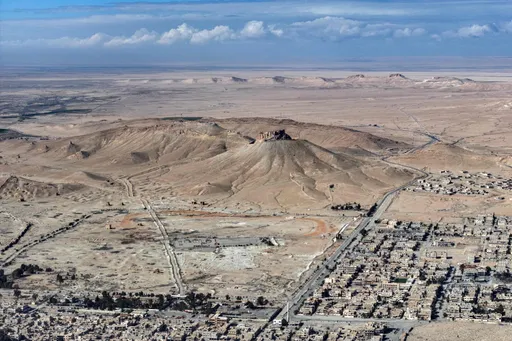Lights, camera, action. It’s time for science to take centre stage.
This is the moment that researchers on the expedition have been waiting for. There’s a flurry of final preparations going on. They’ve all brought out their tools: everything from oceanographers with their ROVs (sophisticated underwater drones) to glaciologists and climatologists testing their ice radars and core drills.
Our destination is Horseshoe Island – a 30-minute Zodiac ride from our anchored ship. Landing them on the shore is difficult though. Much of the island is covered by thick ice sheets that spread out over the ocean. The beaches are littered with large boulders.
We manage to find a suitable place though – a stone pebble beach with a small colony of Adelie penguins. Some flap their wings as we arrive. It may be an evolutionary instinct – but we choose to see it as a warm Antarctic hello.
But we’ve been briefed numerous times that we have to keep our distance from these adorable creatures. So we leave it to these inquisitive little fellows to make the moves.
As we hike further up the hill, we’re suddenly startled by a thunderous roar. We turn on our heels and look to the enormous glacier hanging out over the sea. We’re sure we are about to witness a "calving," where massive chunks of ice crack and detach from its main body, falling into the sea. What we’ve seen is probably just one of those cracks creaking open. We watch and wait, but nothing falls.
Walking with geologists Attila Ciner and Cengiz Yildirim made me feel like I was in an open air classroom. Their ability to read the rocks around them gave me a window into our planet’s distant past. The formations and landscapes charted a history going back millions of years. It many ways, it made me feel so very insignificant.
As we neared one of the area’s highest points a South polar skua, a type of brownish sea gull, spotted us from above and swooped down to investigate. The sound of his wings gliding through the air was the only sound for miles. It was probably one of the most beautiful sights I have ever witnessed!
For the scientists, Marguerite Bay promises unique opportunities. Over the coming days they’ll be hoping to gather samples and make progress on their research. We look forward to bringing you their accounts soon.
























